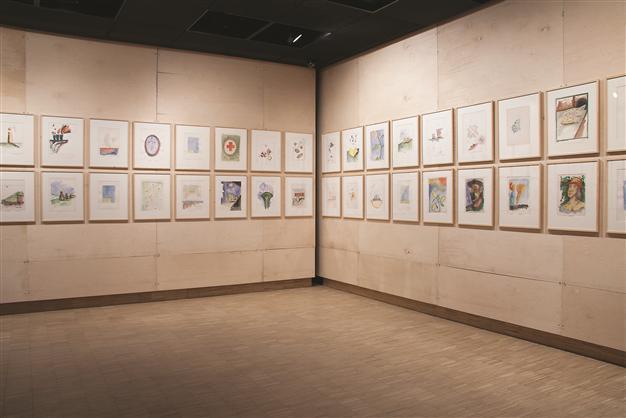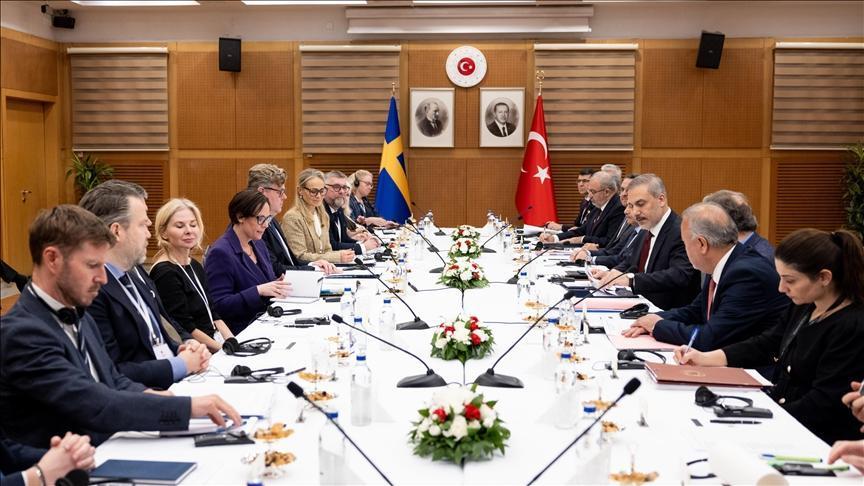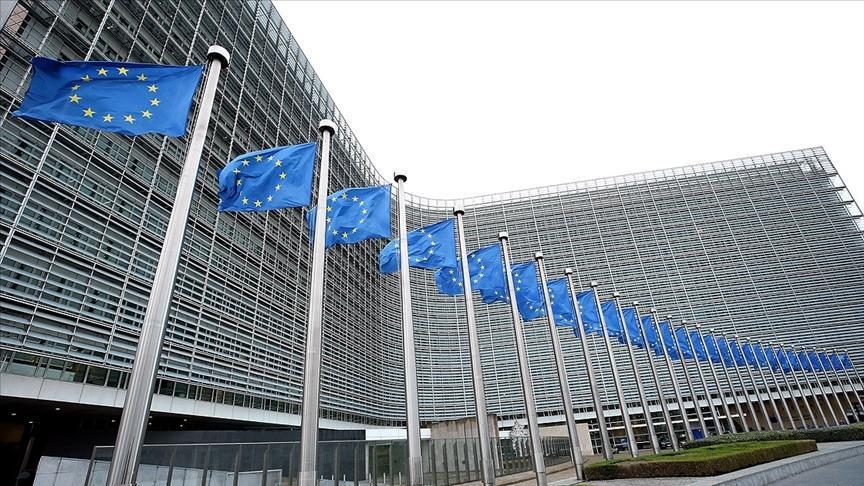Rewriting history with art
ISTANBUL - Hürriyet Daily News

The works show how people thought and how we acted in 60s and 80s, and at the same time they have a vital role in terms of the division between the capitalist and socialist worlds. Company photo
SALT is presenting its second collaboration exhibition with Van Abbemuseum. The exhibition focuses on the years between 1968 and 1989, bringing together Turkish and Northern Europe artistsThe second collaboration exhibition between SALT and Van Abbemuseum, “Istanbul Eindhoven-SALTVanAbbe: 68-89,” opened on April 20. The works featured capture the periods between 1968 and 1989.
However, there is more to discover in the second exhibition, as it is not limited to the bracket of the years of the two profound ruptures of the 20th century; namely the mass movements in May 1968 and the fall of the Berlin Wall in November 1989.
Speaking during a press conference Vasıf Kortun, the manager of the SALT programs, said: “The exhibition takes the early 1960s as its starting point where many discursive, profound transformations in art practices began to take hold. It focuses upon the artists’ withdrawal from studio careers both literally and figuratively, in favor of expanded practices.”
According to its curator, Charles Esche, the exhibition sketches out the Northern European version of contemporary art. This exhibition also represents something like a narrative of recent world history.
The works at the exhibition encourage viewers to turn back and look at the recent economic and political developments in Northern Europe. “The exhibition illuminates the period by combining, collecting and gathering Northern European artists and Turkish artists together,” said Esche. From the mid-1960s onwards, the audience acquired a fundamental role in completing artistic works and turning perception into meaning. “The works show us how we thought and how we acted in 60s and 80s, and at the same time they have a vital role in terms of the division between the capitalist and socialist worlds,” said Esche. So, rather than looking only to Western art, the exhibition opens another door in art history, creating a new road for people to look at art from the twin perspectives of northern Europe and Turkey.
The works show how artists chose to exist during the period between 1968 and 1989, how they evolved and how they chose to create. The exhibition also arouses the question of how different cultures approached each other during that period. For example, David Lamalas’ pieces offer a good example of how an artist can encounter different cultures in their work.
The works that focus on language, words and semiotics are highlights of the exhibition. Marcel Broodthaers and John Baldessari’s “Subject Matter,” for example, detaches the role of language, text and information from the human subject and offers a thoughtful and sophisticated analysis of art institutions as part of the social order. Other pieces also address the issues of gender, the environment, and post-colonialism.
While Broodthaers “ABC Images” and Robert Barry’s “16th Century” similarly represent an interesting approach in terms of language and semiotics, the exhibition also shows audiences how people or society think and how they express themselves. Barry’s usage of words is complemented by a quote from him on the importance of language: “I like to use words because they come from us. They do not exist in nature.” Ergül Özkutan’s work “Inutile” once again drives viewer’s main interest towards words and their position in culture. “Özkutan’s dictionary aims to reveal unnecessary words. The work may be read as asking: “What is unnecessary and how did it become unnecessary?”
These are works that open themselves to the world, rather than only reflect the inner self of the artist, according to Kortun.
According to Kortun, the works in the exhibition also comment on a period in which the
commercialization of art has become apparent.
In the piece by Hans Haacke, “Les Poseuses,” Haacke adopts the role of an art historian to track the provenance of this painting by Georges Seurat. In the work, Haacke shows when and by whom the painting has been owned at various times. By showing the history of the painting’s ownership in this way, Haacke emphasizes how art has been transformed into a commodity in the 20th century; neither the value not the meaning of a work is timeless, he suggests.
















